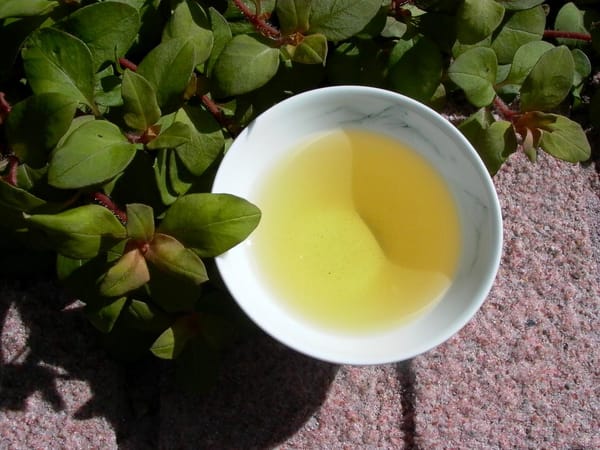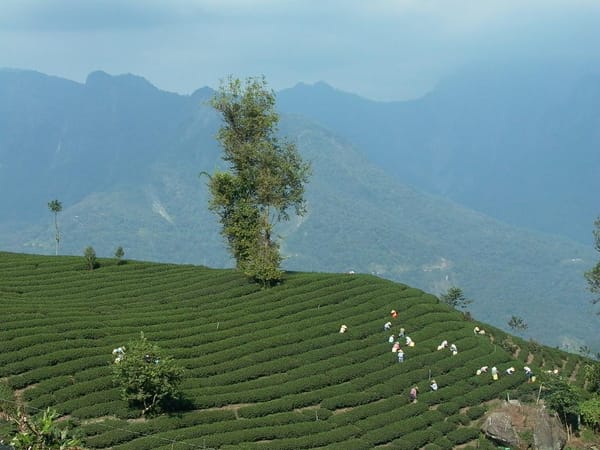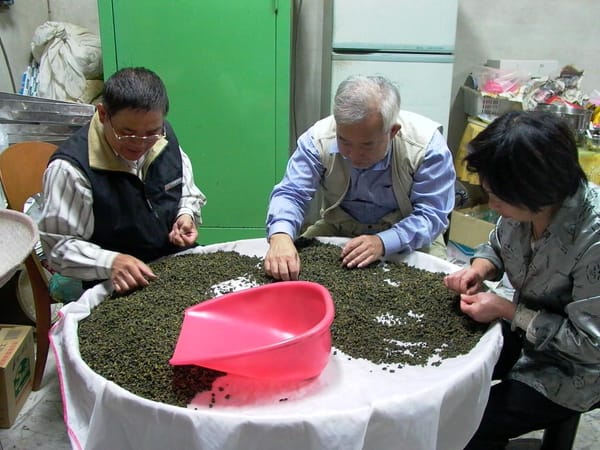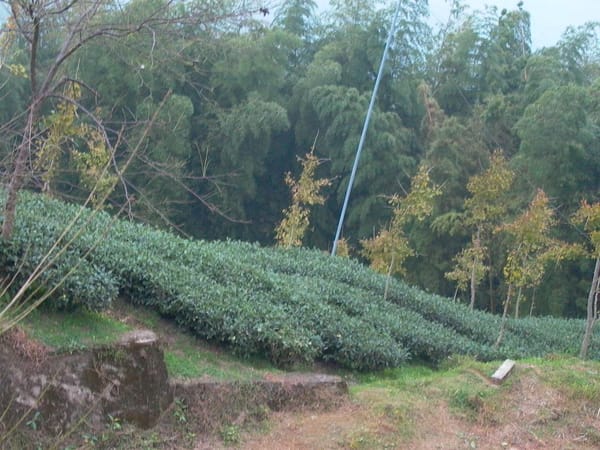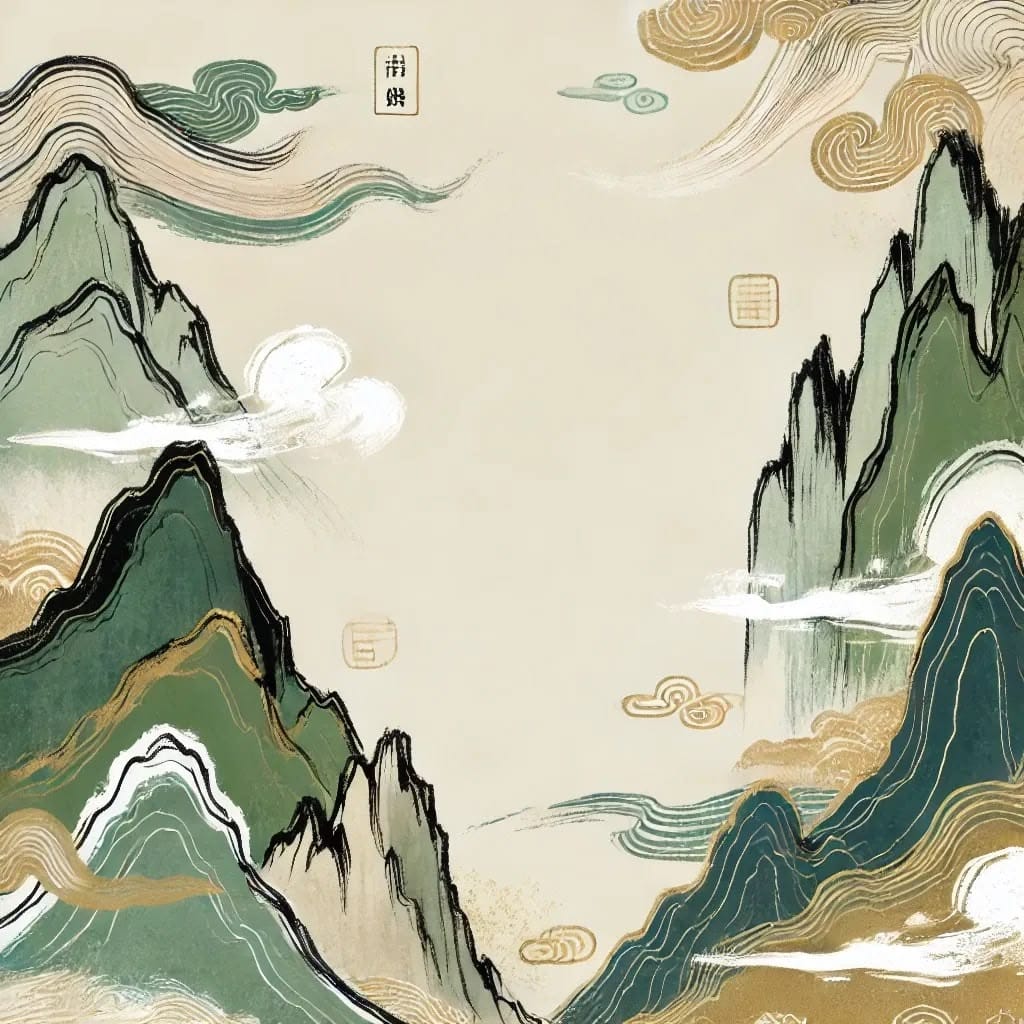When you hold a cup of Taiwanese tea in your hand, have you ever wondered about the hidden “tea variety code” behind it? In the world of Taiwanese tea, Qingxin Oolong and Jinxuan Tea represent two completely different philosophies of flavor. One carries the deep heritage of traditional charm, while the other embodies the modern innovation of fresh fragrance. The differences between these two major tea varieties not only determine the taste in your cup but also influence the development direction of the entire Taiwanese tea industry.
The fundamental differences between Qingxin Oolong and Jinxuan Tea go far beyond aroma. Qingxin Oolong is known for its excellent aging potential and rich flavor complexity, while Jinxuan Tea (TTES No. 12) is famous for its distinctive milky fragrance and its need to be enjoyed fresh. This fundamental difference not only shapes the tasting experience but also determines their market positioning and commercial value.
Next, we will delve into the quality characteristics of these two tea varieties, the differences in tea-making techniques, and their varying performances in the cross-strait markets, revealing the scientific codes behind choosing Taiwanese tea.
The Traditional Flavor Code of Qingxin Oolong
As the representative of traditional Taiwanese tea varieties, Qingxin Oolong reflects the deep heritage of Taiwan’s tea industry. Its most notable features are its complex layers of flavor and excellent storage potential. When processed with proper medium oxidation, Qingxin Oolong produces a golden-yellow tea liquor with a mellow taste and a distinct returning sweetness (hui gan)—the classic hallmark of traditional Dong Ding Oolong.
According to Zhang Shirong of Kun Yuan Tea Factory in Lugu Township, Nantou, traditionally medium-oxidized and rolled Qingxin Oolong has a golden-yellow liquor, is “water-resistant” (multiple steeps), and offers a mellow taste with a returning sweetness. Although this production method is more labor-intensive, it fully expresses the inherent characteristics of the variety. Zhang insists on preserving the original taste of Dong Ding Oolong, keeping tea samples dating back to the 1970s as proof of Qingxin Oolong’s quality through different eras.
Qingxin Oolong’s aging potential makes it ideal for tea collection and long-term trade. Unlike tea varieties that must be consumed fresh, Qingxin Oolong’s flavor subtly evolves with time, gaining the coveted “aged aroma,” adding both investment and collectible value.
The Innovative Aroma Code of Jinxuan Tea
Jinxuan Tea (TTES No. 12) stands as a success story in Taiwan’s modern tea breeding. Its most striking feature is its unique milky aroma, which sets it apart from other varieties. In the early days of high mountain oolong cultivation in the 1980s, tea farmers fell in love with this new variety, sparking a “Jinxuan craze” that also captivated consumers with its creamy fragrance.
In stark contrast to Qingxin Oolong, Jinxuan Tea emphasizes a direct and pronounced aroma, especially when processed with light oxidation to fully showcase its fresh fragrance. This characteristic makes Jinxuan particularly appealing to first-time drinkers, lowering the barrier to tea appreciation and allowing more people to easily enjoy the charm of Taiwanese tea.
However, Jinxuan Tea has limitations. Unlike Qingxin Oolong, it requires fresh consumption and has a shorter shelf life. While this ensures the best aroma, it poses challenges for long-distance transport and long-term trade, requiring advanced preservation techniques and cold-chain logistics.
How Tea-Making Craft Shapes Flavor
A tea’s flavor is determined not only by its variety but also by the chosen processing method. Taiwan’s oolong-making has shifted from traditional medium oxidation toward lighter oxidation, a change that affects each variety differently.
For Qingxin Oolong, light oxidation can highlight its fresh aroma and meet the “green wins awards” competition preference, but may sacrifice its traditional depth. Tea masters like Zhang Shirong believe that medium oxidation better captures Qingxin’s essence. Though this style is less favored by competition judges, it retains loyal fans.
For Jinxuan Tea, light oxidation is ideal, maximizing its signature creamy aroma. This explains its popularity in Mainland China, where lightly oxidized Taiwanese oolong aligns with local consumer preferences for fresh, fragrant teas.
Divergent Market Preferences Across the Strait
Qingxin Oolong and Jinxuan Tea show different market patterns across Taiwan and Mainland China. In Taiwan, as consumers’ tastes mature, Qingxin Oolong is regaining recognition—especially traditionally crafted versions. Farmers like Zhang maintain steady customer bases with no “economic downturn.”
In contrast, in the emerging Taiwanese tea market in Mainland China, Jinxuan Tea leads sales. Mainland consumers’ love for its creamy aroma allows Taiwan’s high-mountain Jinxuan to “counterattack” into the market. This reflects a general pattern: newcomers prefer bold, direct aromas, while seasoned drinkers value layered complexity and overall quality.
Scientific Insights into Tea Components
From a chemical perspective, tea varieties differ in nutrients and bioactive compounds. Comparative data on TTES oolong varieties show significant variations in water-extractable matter, polyphenols, caffeine, and more across regions and seasons.
Qingxin Oolong excels in catechin content, averaging 12.4% across Taiwan’s growing areas—among the highest of all varieties. Jinxuan Tea (TTES No. 12) averages 12.1%, close to Qingxin, but differs significantly in aromatic compound profiles, explaining their distinct flavor signatures.
These differences influence both flavor expression and preservation. Higher polyphenols in Qingxin support long-term storage, while Jinxuan’s aroma compounds shine best when fresh.
Strategic Variety Planning for the Future
Given the different demands in Taiwan and Mainland China, Taiwan’s tea industry needs precise variety strategies. Qingxin Oolong, with its traditional charm and aging ability, fits the premium collector market and seasoned connoisseurs. Jinxuan Tea, with its approachable aroma, is ideal for new markets and younger demographics.
However, even the same variety yields different qualities depending on terroir. Taiwan’s unique high-mountain environment provides irreplaceable conditions for both varieties. Balancing each variety’s core identity with adaptable processing will be key to sustainable Taiwanese tea development.
Ultimately, decoding the “tea variety code” means respecting the essence of tea itself. Whether it’s the profound charm of Qingxin Oolong or the fresh elegance of Jinxuan Tea, both embody Taiwan’s innovation at different stages of its tea history—worthy of appreciation and preservation.

